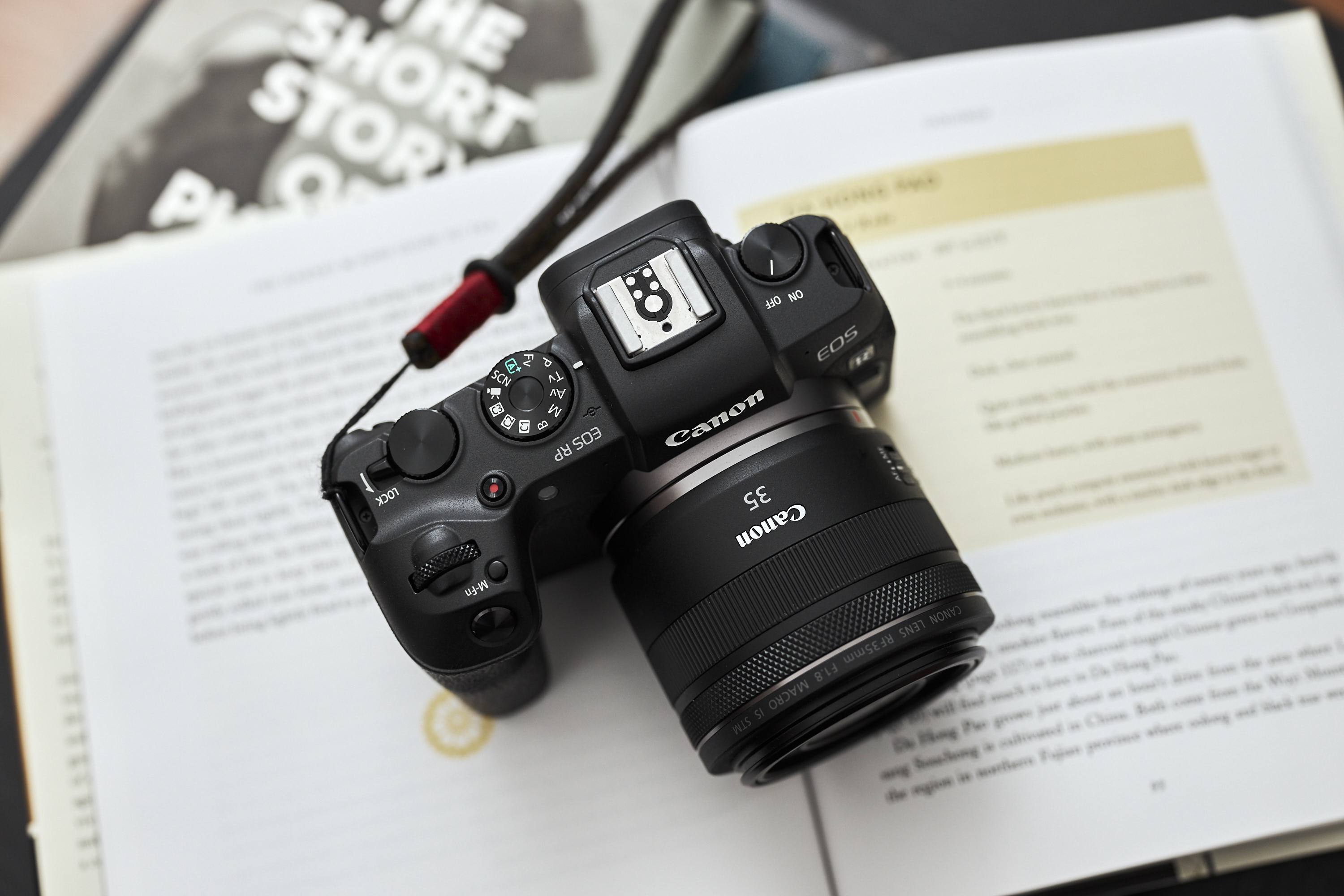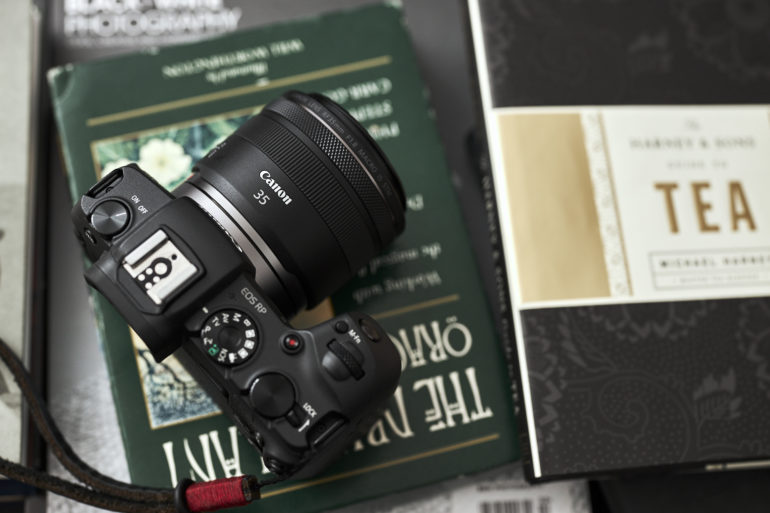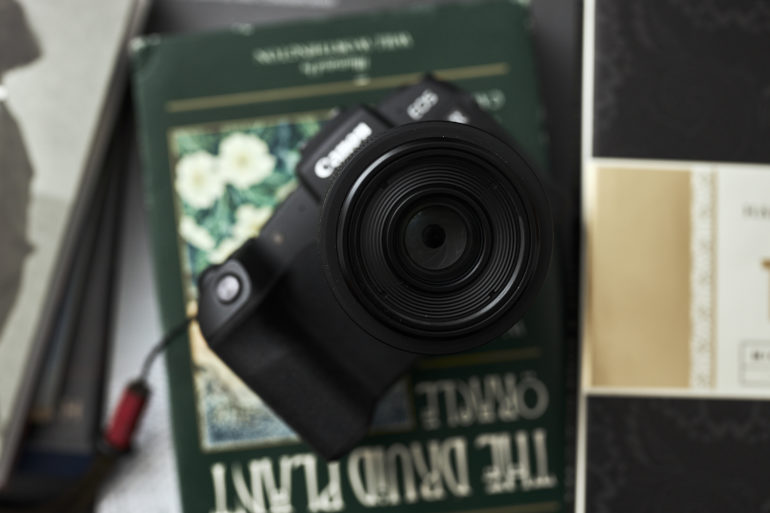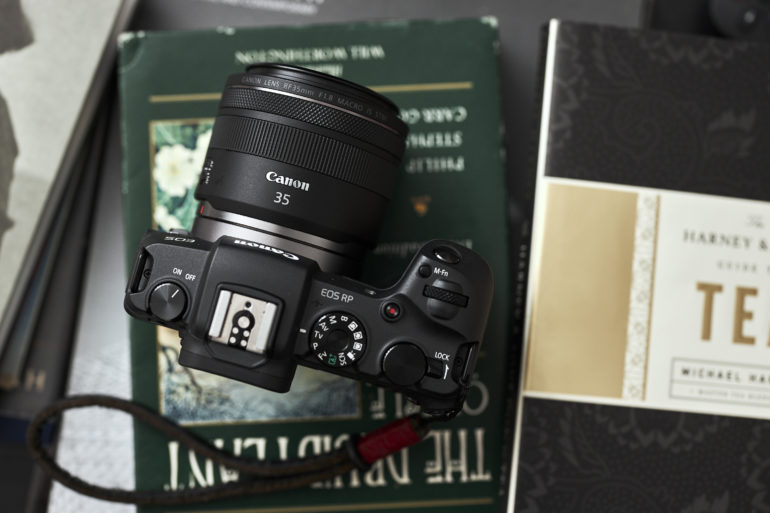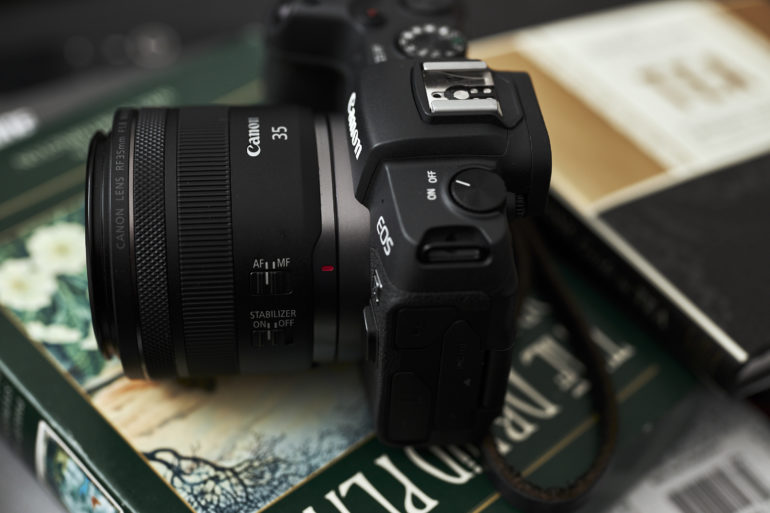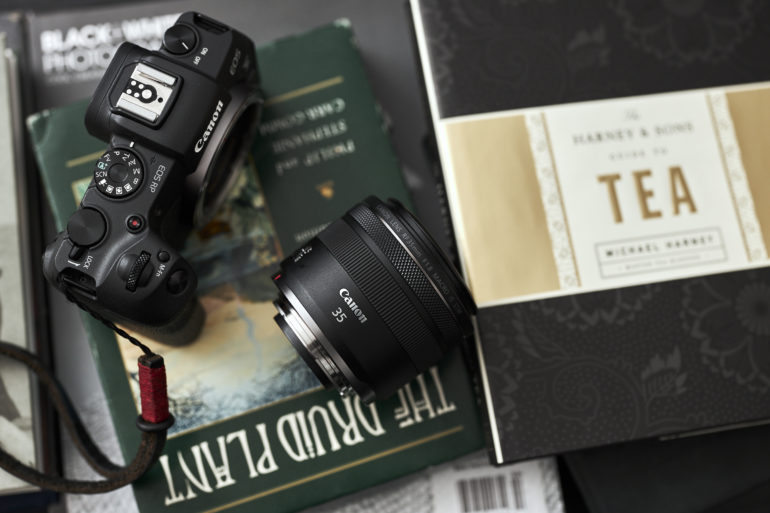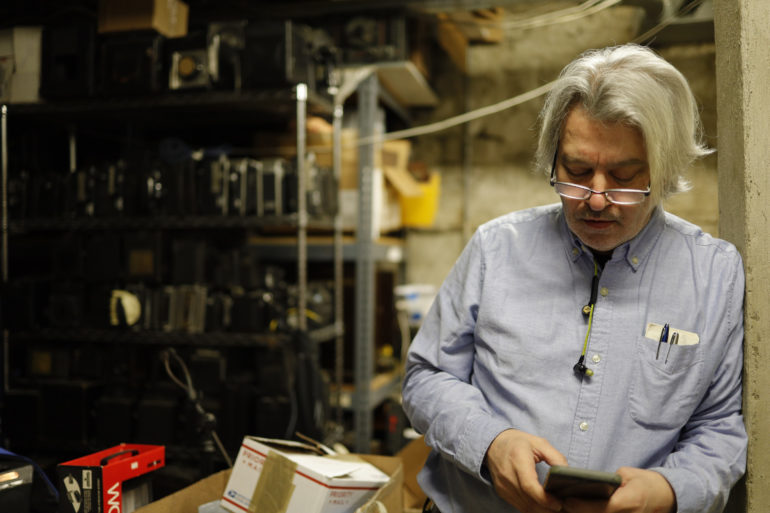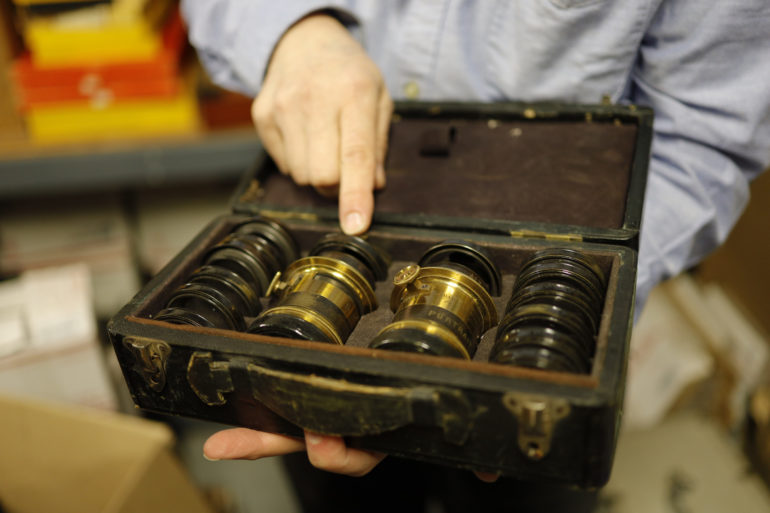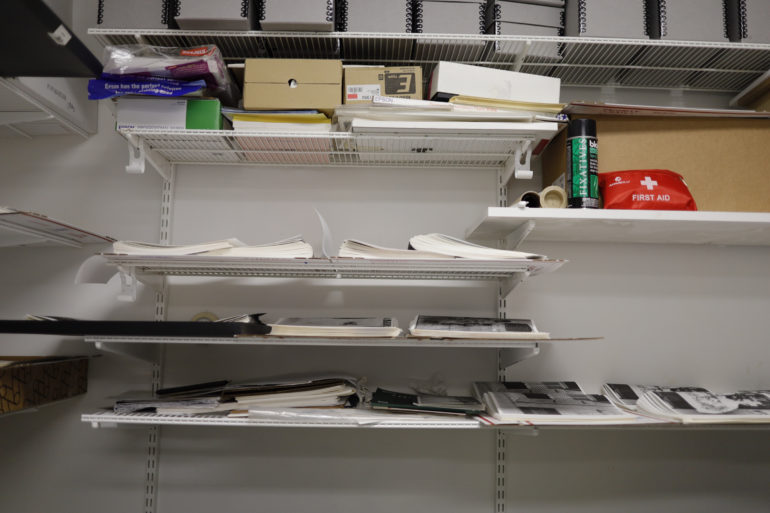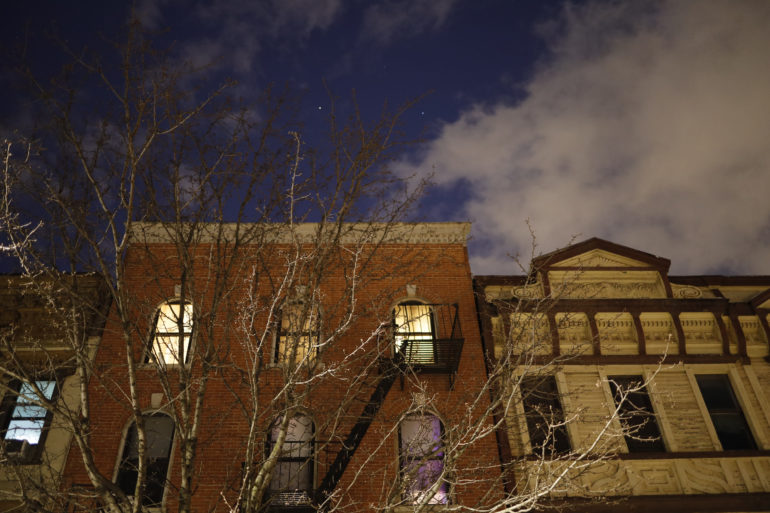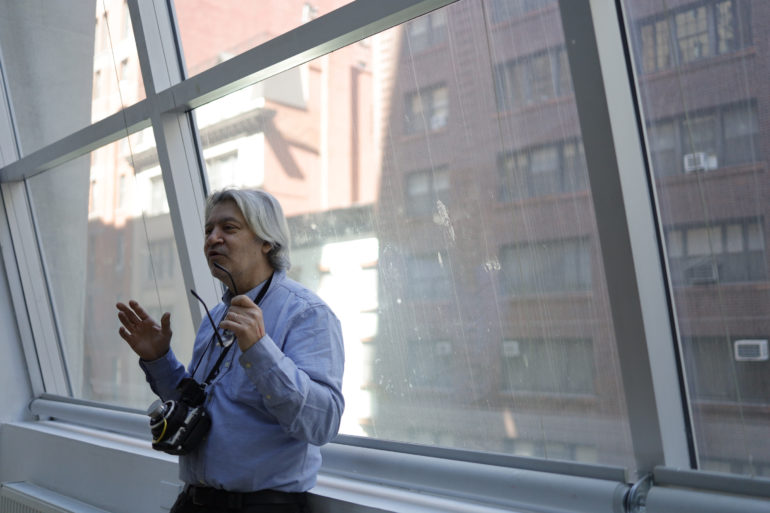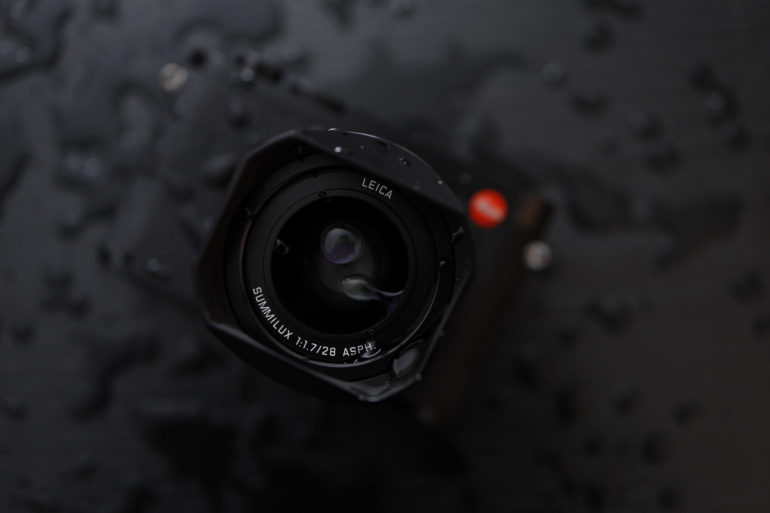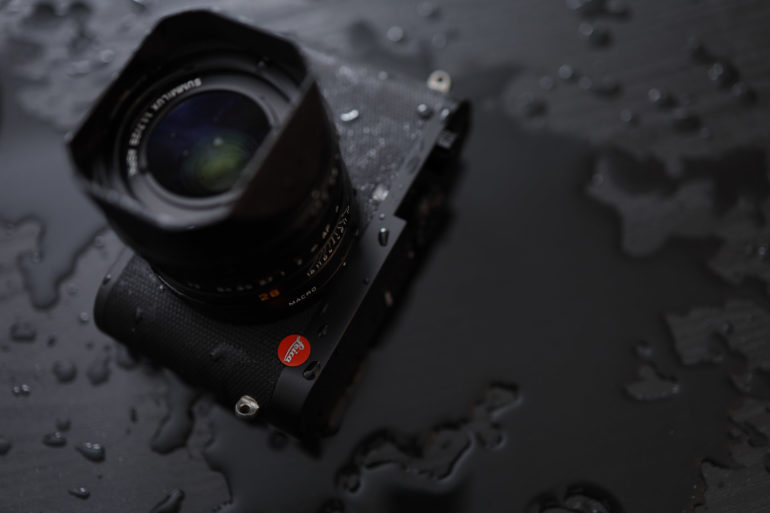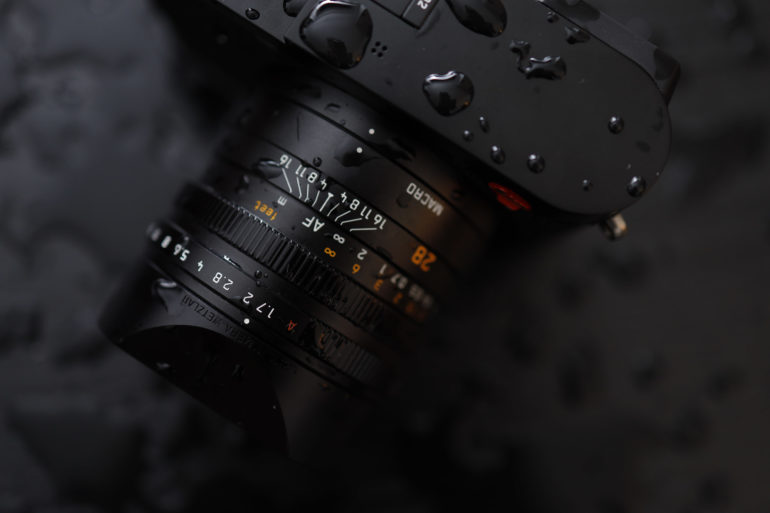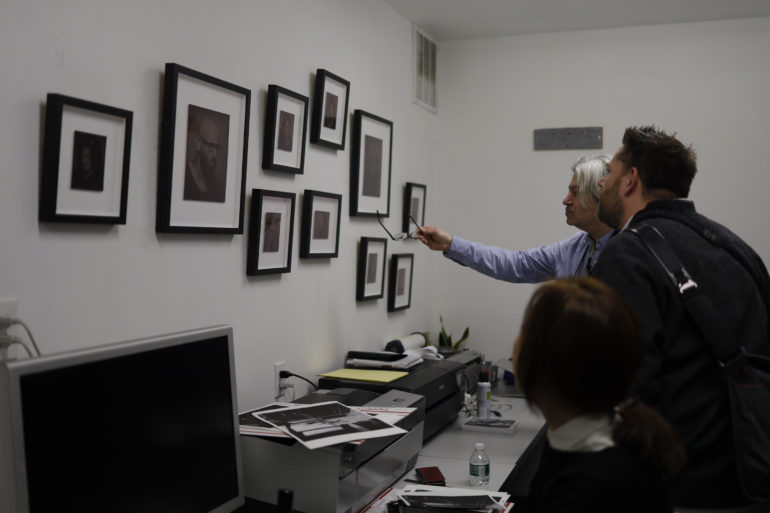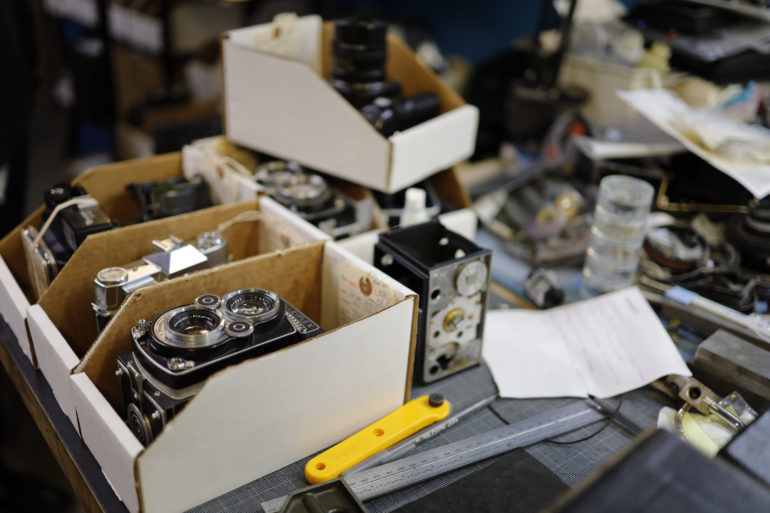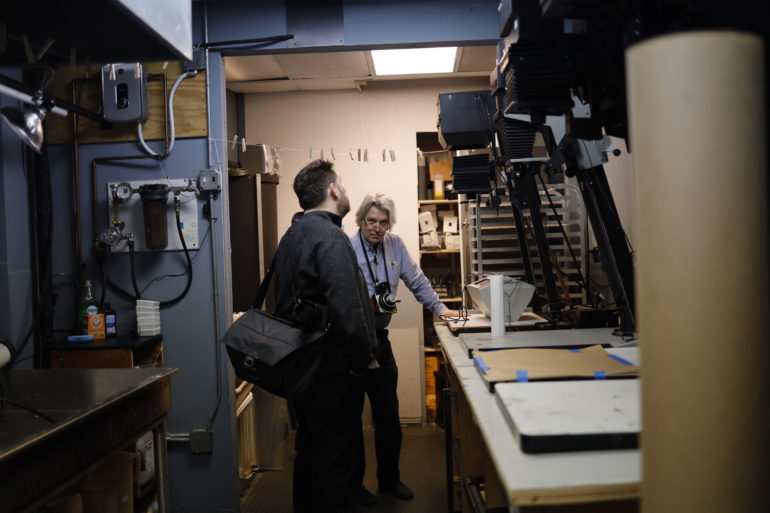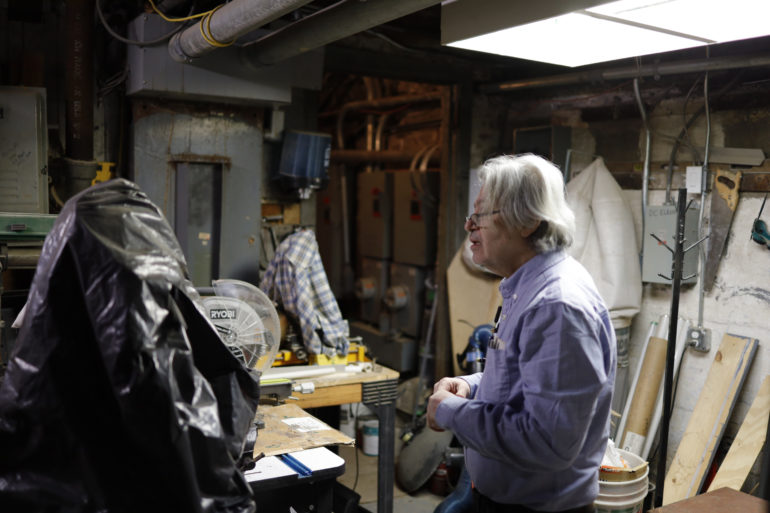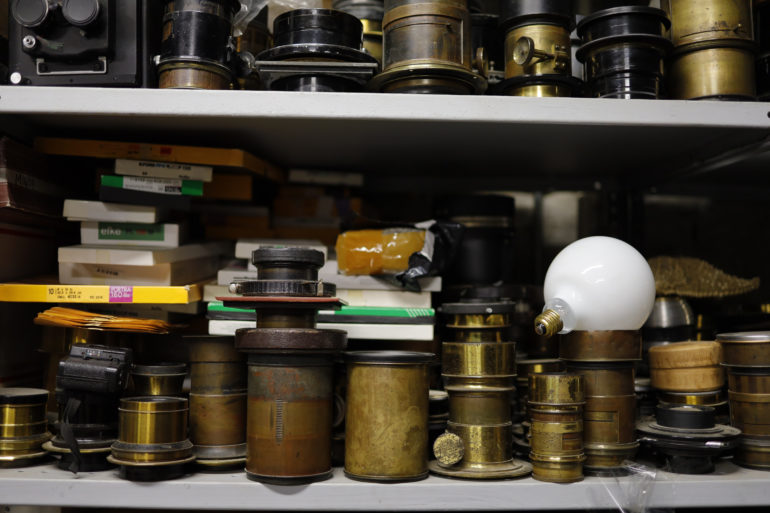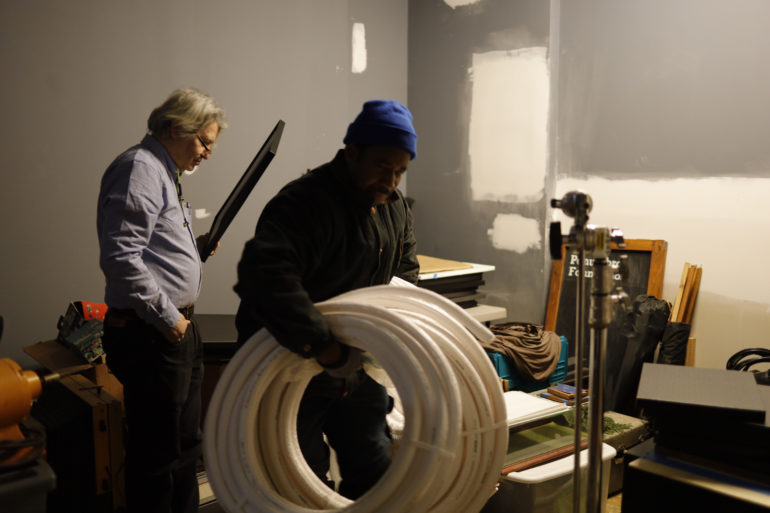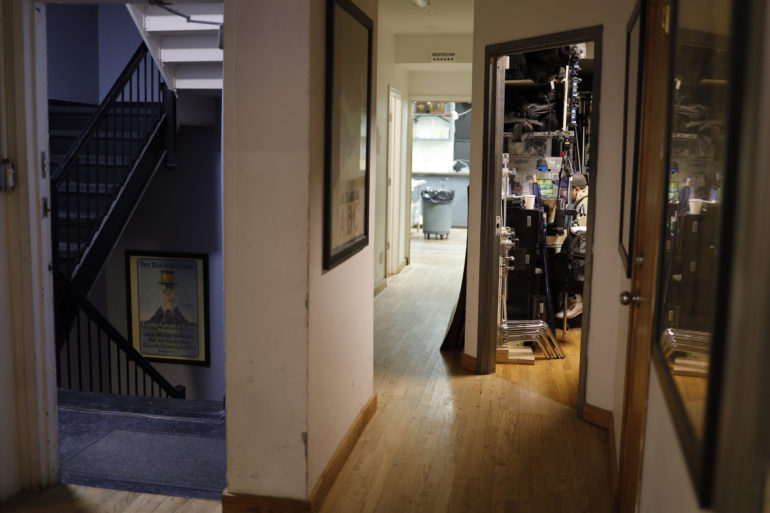Last Updated on 02/26/2020 by Mark Beckenbach
The Canon 35mm f1.8 USM IS RF has a very affordable price point and the image quality to exceed said price point.
When the Canon RF 35mm f1.8 USM IS was first announced, I was excited until I learned that it didn’t have weather sealing. For those of you who have been fans of the site for years, you’ll know that I’m big on weather sealing. I’m of firm belief that every camera and lens these days should have it. And I’m also a big fan of small lenses for mirrorless cameras. The Canon RF 35mm f1.8 USM IS is just that. It surely isn’t an L lens but this is a lens designed for fun and a little bit of serious work. Most importantly, it has image stabilization built in.
Pros and Cons
Pros
- Small
- Lightweight
- Fairly fast to focus
- It’s a lens designed to always be on your camera
- Image stabilization (very much needed in the system)
- Gorgeous bokeh
- Sharp enough for most uses but not as sharp as most L glass I’ve seen and used. Still, it’s a shocker
- Pretty affordable at $449 regularly.
Cons
- We would have gladly paid more money weather sealing
Gear Used
We tested the Canon 35mm f1.8 USM IS RF with the Profoto B10, Canon EOS R and the Canon EOS RP.
Tech Specs
Taken from the official Canon 35mm f1.8 USM IS RF listing
Focal Length & Maximum Aperture
35mm f/1.8
Lens Construction
11 elements in 9 groupsDiagonal Angle of View
63°00′Focus Adjustment
AF with full-time manualClosest Focusing Distance
0.56 ft. / 0.17mFilter Size
52mm
Max. Diameter x Length, Weight
Φ2.93 x 2.47 in., approx. 10.8 oz. / Φ74.4 x 62.8mm, approx. 305g
Ergonomics
The Canon RF 35mm f1.8 USM IS is ultimately a small lens. You can tell this by looking at it overall and even when holding it, that thought is hammered into your head. We start at the front here where we see the 52mm filter thread.
As far as controls go on the Canon RF 35mm f1.8 USM IS, it’s different than many others out there. Near the front is a control ring that can be programmed for ISO, shutter speed, aperture, etc. The back ring is for focusing.
On the side of the Canon RF 35mm f1.8 USM IS are two switches: one for AF and MF while the other is for image stabilization.
Build Quality
When you hold this lens, you’ll feel that it’s akin to a piece of fruit–liken it to a small apple if anything. In the hand, it feels very nice and due to the size, the control ring around the lens is simple enough to reach and use. With all this said, I really, really wish that the Canon 35mm f1.8 USM IS RF were weather sealed. Though it’s built well overall, weather sealing would have made this lens a truly perfect companion to the company’s stellar L lens lineup for the RF series. The weather sealing would also naturally match the build quality of the bodies as all of them thus far are weather sealed. And while many photographers may not care about taking the cameras out into the rain as much as I do, accidents happen when out with friends or on vacation. The cameras can have your alcoholic beverage of choice spilled on them and that lack of weather sealing will surely cost you some money. During our tests, the lens admittedly went out into the lighted of drizzles here in NYC, but even a Rebel could survive that.
“With all this said, I really, really wish that the Canon 35mm f1.8 USM IS RF were weather sealed. Though it’s built well overall, weather sealing would have made this lens a truly perfect companion to the company’s stellar L lens lineup for the RF series.”
Ease of Use
“For those of us who drink too much coffee in the morning or that don’t know how to properly hold a camera, the image stabilization will greatly assist.”
Photographers will be happy to know that the Canon 35mm f1.8 USM IS RF is a very simple to use lens, but that it’s also very digital in its design. When I say this, I mean that there is no focusing distance scale on the lens. As a result, I can’t really recommend it for street photography as that is an essential part of its use. However, for anyone that wants to use it in full autofocus mode, go right ahead. Most of the time I used it as a fun lens on a camera that I always wanted to have around me. The small size of the Canon 35mm f1.8 USM IS RF lends itself to this scenario very favorably. So if anything, most photographers will be happy to just use it as a macro to shoot random hangouts with friends while others will enjoy using it for more serious things.
One of the best things about this lens is the image stabilization. For those of us who drink too much coffee in the morning or that don’t know how to properly hold a camera, the image stabilization will greatly assist. Where this is most needed though is with slower shutter speeds than 1/40th in low light situations. The closer you focus, the more that the shake can also be amplified. All of these make the image stabilization a very welcome addition.
Autofocus
During my tests with the Canon 35mm f1.8 USM IS RF on the Canon EOS RP, I was quite surprised at just how well the two worked together. While on a tour of the Penumbra facilities in NYC, I decided to approach the visit in a documentary fashion. For photojournalistic reasons and purposes, the Canon RF 35mm f1.8 USM IS did a great job. The focusing was always accurate, fast enough for documentary work, and reliable. In fact, it never missed its mark. To be a bit more clear about this, I was using specific spot focusing. Due to the performance, I can’t make a complaint about the Canon RF 35mm f1.8 USM IS’s autofocus in documentary shooting situations.
Where the autofocus started to fail me is with macro shooting–but that shouldn’t come as a surprise as everyone’s does this. The Canon RF 35mm f1.8 USM IS sometimes took extra long or couldn’t nail the focusing at very close ranges. As I suspect that no one will be using a lens like this for macro shooting that often or professionally, that shouldn’t be a huge problem. But if you’re using it for product photography the way that I’ve seen some journalists do, then you’ll not have major issues because your subject isn’t moving and if you’re smart you’re using adequate lighting. I totally understand that not every event offers the best lighting situations, but that’s when you ask a rep to bring a product somewhere else for a product image.
“…I can’t make a complaint about the Canon RF 35mm f1.8 USM IS’s autofocus in documentary shooting situations.”
Image Quality
While the Canon RF 35mm f1.8 USM IS isn’t quite L quality, I’m surely impressed by what it can deliver. This is a lens very much designed for an amateur and enthusiast so it is therefore not designed to render the best image quality. If you’re a higher end enthusiast or a professional you’ll need to reach for the company’s L lenses. Some of the best things about the image quality are the bokeh and like many other lenses out there, you’ll need to use a flash to get the most sharpness. However, as I say that, I went back into Capture one to really look at the sharpness and it’s impressive for a lens this affordable and for a system this new. While folks may hate on the new Canon RF system and I really can’t deny that it still could be more innovative, the lenses and the performance are more than good enough for most folks.
“If these aren’t sharp then I’m not sure what are. This lens is less than $500 on the market and with a flash can deliver sharp enough photos that are more than usable for any professional project.”
Bokeh
Arguably one of my favorite things about the Canon RF 35mm f1.8 USM IS is the bokeh. It’s smooth and creamy–this is all assisted by the fact that it can focus so darned close. Want that little bit of Korean BBQ or your Dumpling to really shine? Get close and let the background be blown out into a Monet painting. Photographers of all types will appreciate the bokeh of the Canon RF 35mm f1.8 USM IS. In fact, I barely ever wanted to stop it down but knew that I had to for the review. If I feel that way, I’m sure others won’t want to stop down either.
Chromatic Aberration
While the Canon RF 35mm f1.8 USM IS exhibits a bit of distortion, I don’t think that this is too awful. It can be worked with in post production and there wasn’t any major fringing that I was able to find that therefore threw off the images.
Color Rendition
While folks will go on and on about the colors that Canon can produce, I often lock my white balance to daylight or tungsten. The colors that the Canon RF 35mm f1.8 USM IS can render aren’t super saturated like a Zeiss or Sigma offering. But instead they’re only a bit more so. I like the colors and with some editing you can do even more with them. Straight out of the camera though and with the way that the Canon sensors work, I’d suggest overexposing your images just a tad. It isn’t as awful as the Canon 5D Mk II needed, but it needs more light. You’ll really see this with portraiture that you want to do with the Canon RF 35mm f1.8 USM IS.
Sharpness
Would you believe that the Canon EOS RP and the Canon RF 35mm f1.8 USM IS along with a Profoto B10 shot our Leica Q2 product images? If these aren’t sharp then I’m not sure what are. This lens is less than $500 on the market and with a flash can deliver sharp enough photos that are more than usable for any professional project. Combine all of this with whatever you want to do in post-production and you’ll get even better and sharper images. These photos were shot in-camera and are straight out of camera JPEGs. There was no RAW image editing done to them. For what it is, the Canon RF 35mm f1.8 USM IS is incredibly impressive.
Extra Image Samples
Conclusions
Likes
- Small size
- Image quality
- Image stabilization
- Really cheap price
Dislikes
- I really wanted weather sealing
The Canon RF 35mm f1.8 USM IS is a lens that photographers will pick up if they’re looking for a good 35mm lens for the Canon system that has image stabilization. In addition to that the image quality is also very sharp for what it is. Then consider the bokeh and the fact that you can not only get this from a 35mm lens, but the f1.8 aperture lets you really blow your backgrounds out. I can’t really complain about the Canon RF 35mm f1.8 USM IS except, you know, I wish it was built better.
The Canon RF 35mm f1.8 USM IS receives four out of five stars; and for the cheap price on Amazon it should be a no brainer. It’s pretty affordable at $449 regularly.


